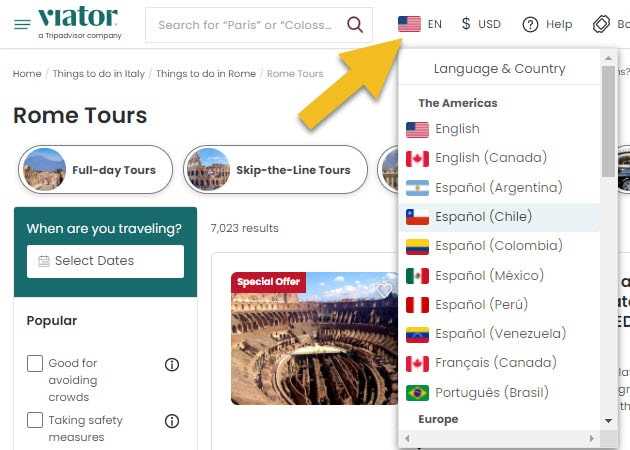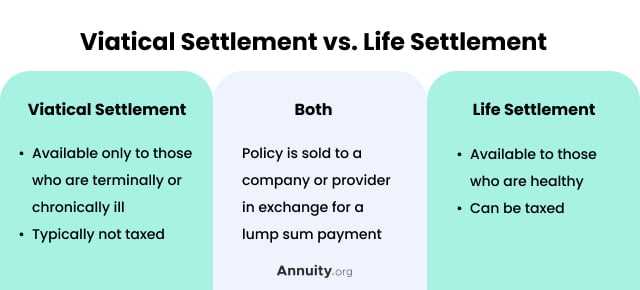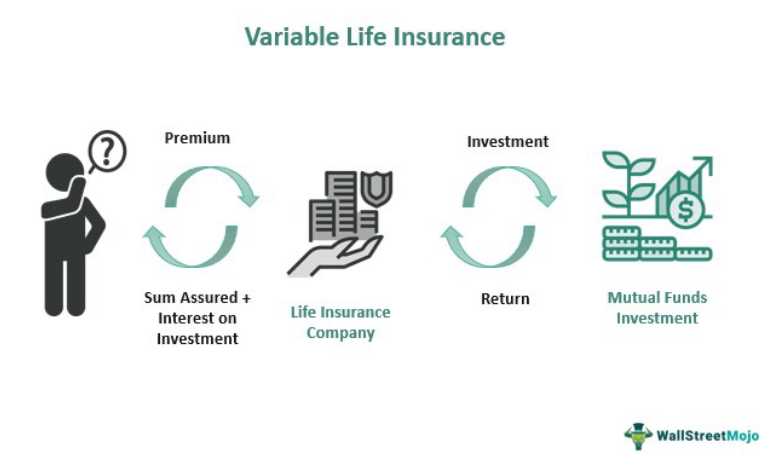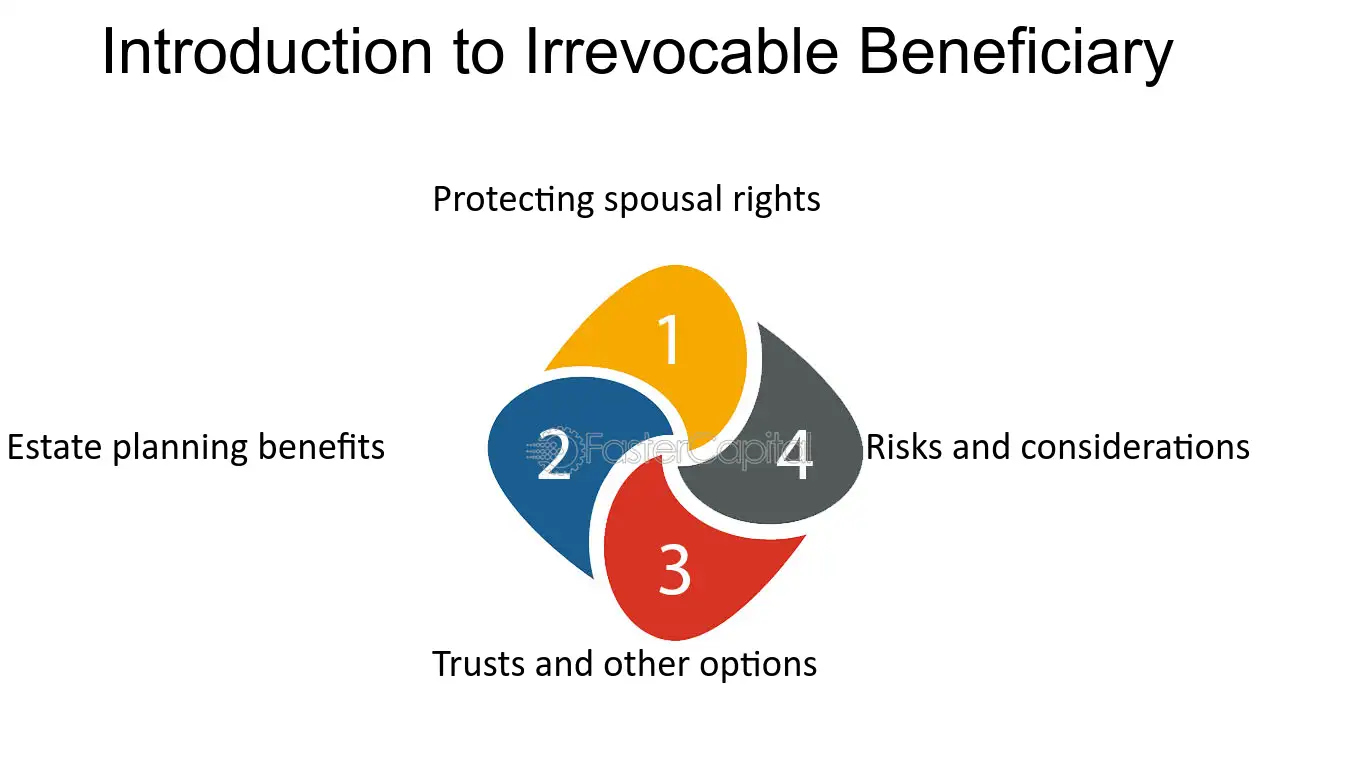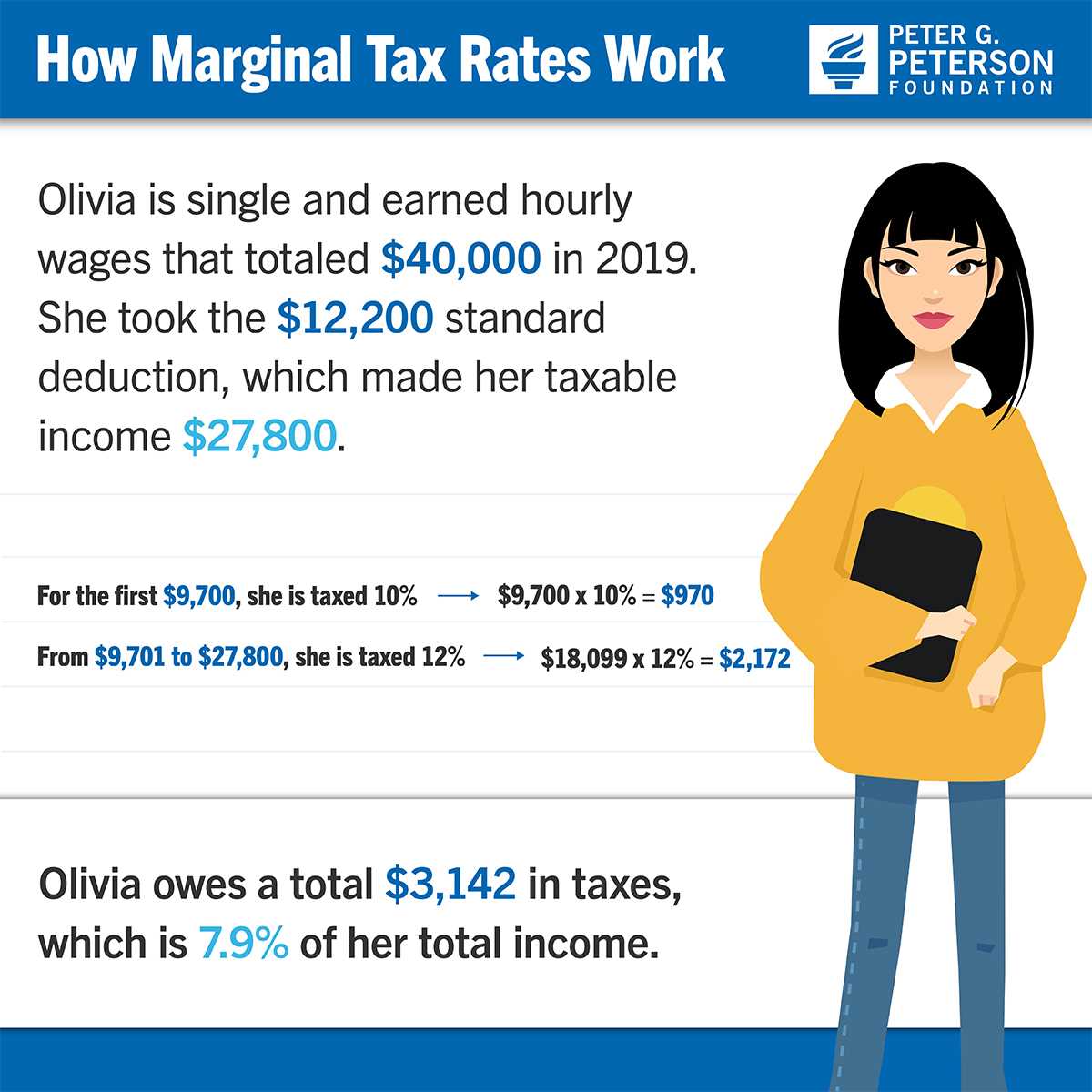What Is Bank Owned Life Insurance and How Does It Work?
What is Bank Owned Life Insurance? Bank Owned Life Insurance (BOLI) is a type of life insurance policy that is purchased by banks on the lives of their key employees. It is a unique financial product that offers both insurance protection and potential investment returns. Key Features of Bank Owned … …








